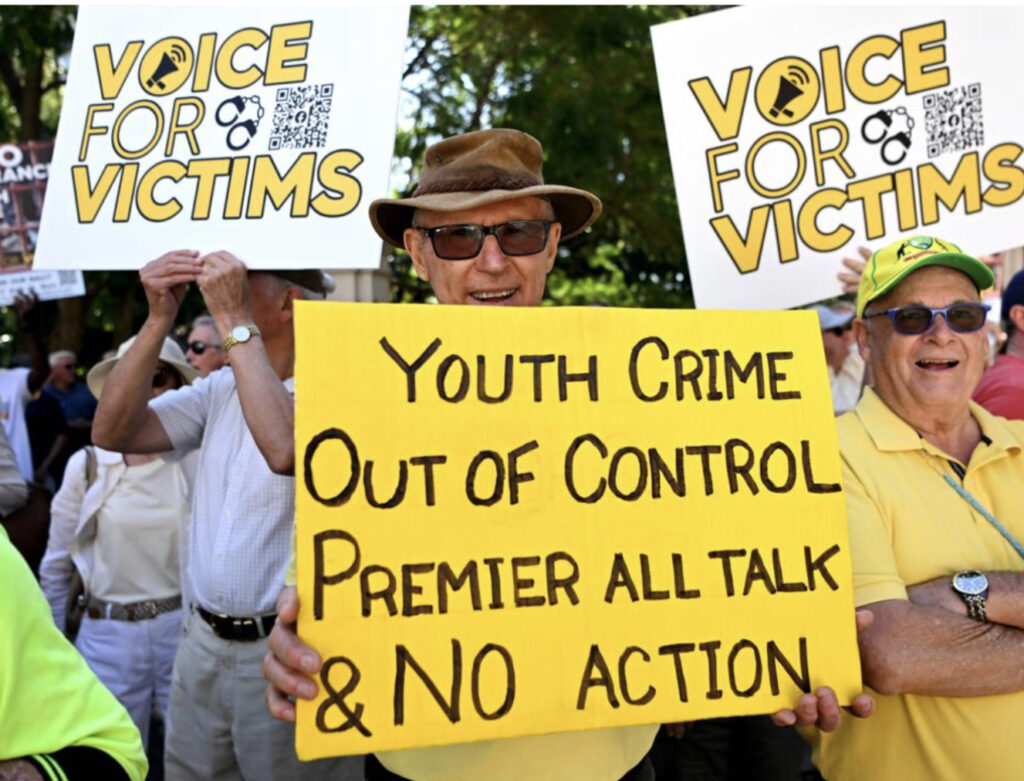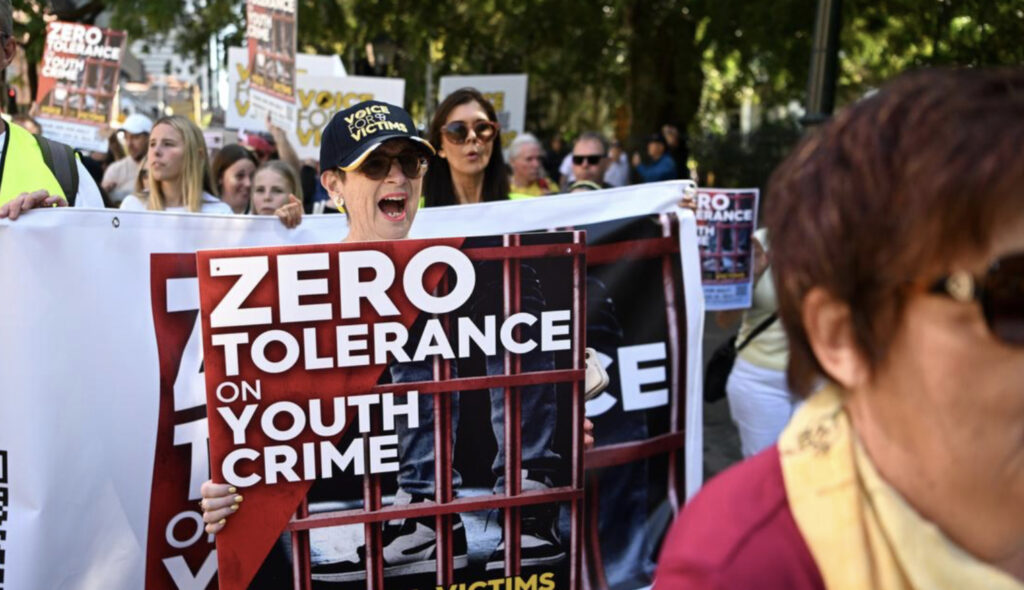Beautiful beaches, tropical forests, blue water… and a raging crime crisis. Why is Queensland, Australia, suffering from such a high crime rate? What’s going wrong below the surface of this seeming paradise on earth?
I was on exchange in Townsville, QLD, in 2023 for six months, and I was able to learn a lot about life in Queensland, both the good and the bad. Having come to Queensland from the relatively safe and peaceful surroundings of Zurich, Switzerland, I was even more struck by the contrast I encountered on arrival. Even the stunning nature and balmy weather wasn’t enough to distract me from the dark cloud of crime. Every night, the news seemed to include reports of violence. At school, vandalized toilets and damage to teachers’ cars seemed to have become a regular occurrence – and going out at night was dangerous.
The first big problem and cause for the high crime rate has to do with a social imbalance. In Queensland, indigenous people make up about 5% of the population, but 62% of children in youth detention centers have indigenous backgrounds. In order to find out why that is the case, we need to look at the factors in a person’s life that increase or decrease the likelihood of them engaging in criminal activity. These factors are called risk and protective factors.
Common risk factors, which means factors that increase the possibility of future unlawful behavior, are low income in your family and community, criminal history and unemployment in your family, poor parenting and inequality, which are all factors that many indigenous children experience. As a result of generational discrimination and bad treatment, many indigenous families find themselves in hopeless situations. For many indigenous children, being in a detention center means a better life than what they would have had at home. At least in detention they get three warm meals a day, a clean bed and even a PlayStation if they are lucky. Several organizations, such as the Clontarf Foundation, exist to try to help these families and children.
The second big problem is the criminal youth. Statistics show that the 18% of youth offenders in Queensland made up about 50% of all breaking-and-entering, robbery and stolen vehicle offenders. While in Switzerland, the youth only makes up about 5% of assault with a weapon, and 10% of robberies. But why is the youth crime rate in Queensland so high?
Firstly, young people’s brains are still developing: The human brain doesn’t fully mature until the age of 20, in addition to that, the two parts of the brain that mature last are those that are responsible for decision-making and impulse control. Secondly, their psychological development isn’t complete: To be fully mature, three psychological components need to be attained: responsibility, which is thinking and acting autonomously, temperance, which is the ability to make decisions while having self-control over impulses and emotional inclinations, and lastly, perspective, which is the ability to see the long-term consequences of one’s actions.
In order to fight the increasing criminality among youths, the Queensland Government has come up with the “Youth Justice Strategy“. The reform is made up of four pillars: Intervene early, keep children out of court, keep children out of custody, and reduce re-offending, goals which are being pursued through organizations and support groups at schools.
The Queensland Government is fighting its high crime rate, and it is going to take a while until change will happen since change must come from the people themselves and harsher measures by the government might be counterproductive.


